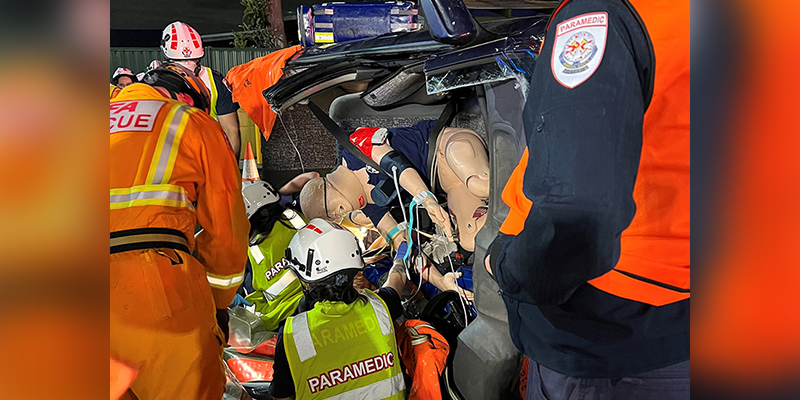Australia’s largest wild bird sample collection has been established by experts around the nation, including a Deakin University researcher. Here’s what it’s showing about zoonotic disease.
The COVID-19 pandemic is the most recent zoonotic disease – those caused by germs that spread from animals to humans. But outbreaks of monkeypox and Japanese encephalitis mean keeping up to date with the virus traffic has never been more important.
Experts says it’s only a matter of time before an outbreak of another new infectious virus strikes. Novel viruses that combine human influenza and bird flu are a prime candidate for the next pandemic.
Bird flu causes problems globally and in Australia. In 2020 alone, almost half a million Victorian birds were culled after multiple outbreaks involving three strains of the virus. While bird flu viruses generally stick to infecting birds, they occasionally make the potentially deadly leap to other animals, including humans.
Fortunately, research into analysing risk factors for such scenarios is already in the works at Deakin University’s Centre for Integrative Ecology (CIE).
‘Historically, all the major flu-related pandemics have had an avian influenza virus component. The potential for the spread of a pathogen from wild birds into poultry farms and around the globe is significant to public health. My work aims to monitor what’s happening in birds to keep us informed and minimise our risk,’ says Alfred Deakin Professor Marcel Klaassen from CIE.
Prof. Klaassen has established the largest collection of wild bird samples nationwide. The sample collection in combination with those of a network of researchers around Australia is crucial to learning more about the evolution of bird flu and the way it spreads.
Over the past 12 years, Prof. Klaassen alone sampled more than 15,000 wild birds, including shorebirds, to understand not only where viruses are circulating, but also their international origins.
‘Our research is effectively asking: what’s the potential for these migratory birds to bring nasty viruses to us from other continents?’
As new kinds of viruses continue to circulate globally, Prof. Klaassen explains this is why getting your annual flu vaccine is so crucial.
‘Flu shots only protect us for a limited time, not because they stop working, but because the virus itself changes. Each year our immune systems need to be updated with antibodies to tackle the new emerging viruses.’
Researchers have also analysed the samples for antibodies to detect if a wild bird has been infected with bird flu, as well as the strain they had, to dive deeper into the data.
‘Our findings show the migratory birds that come to Australia do occasionally get infected with nasty viruses, only they haven’t brought it to our shores yet.
‘The way the [bird flu] viruses are evolving in the Northern Hemisphere, it is likely we will also experience more bird flu outbreaks,’ Prof. Klaassen says.
After finding that the epidemiology of bird flu in Australian wild birds is linked to rainfall, Prof. Klaassen is also investigating what this means for the poultry industry. He is using machine learning and satellite imagery of water in the landscape to identify periods where farmers should be more vigilant.
It remains to be seen if bird flu viruses could lead to the next pandemic, but researchers are on the pulse of emerging strains in bird populations if the worst happens.
‘This research helps us grow our knowledge of how this virus spreads in wildlife, livestock and ultimately humans. It offers up the evidence for how we can thoughtfully respond to future outbreaks.’








